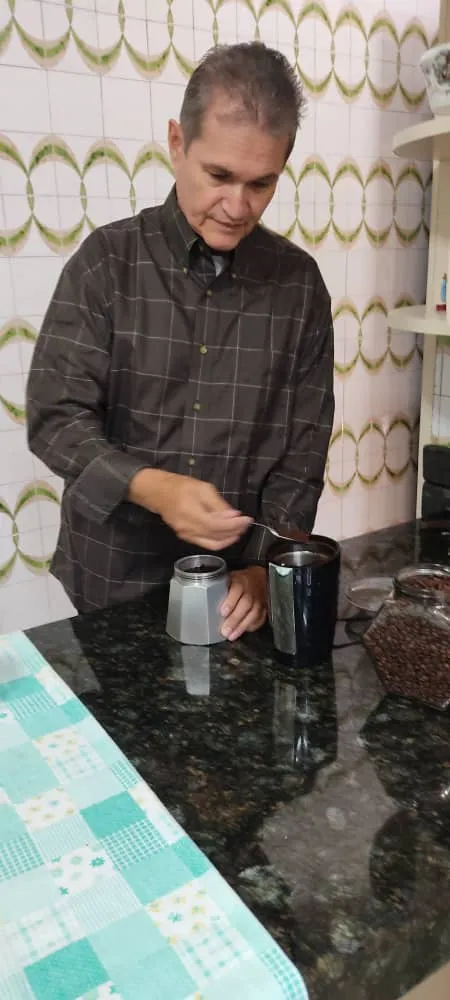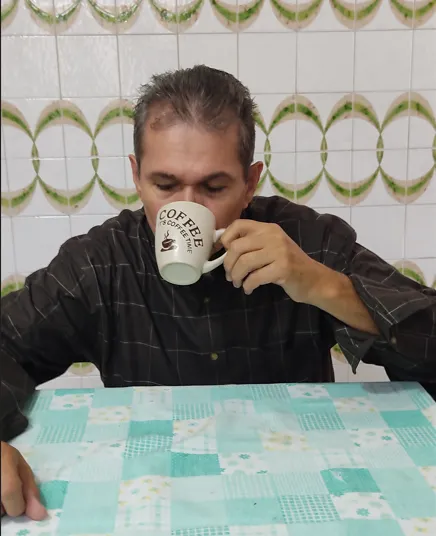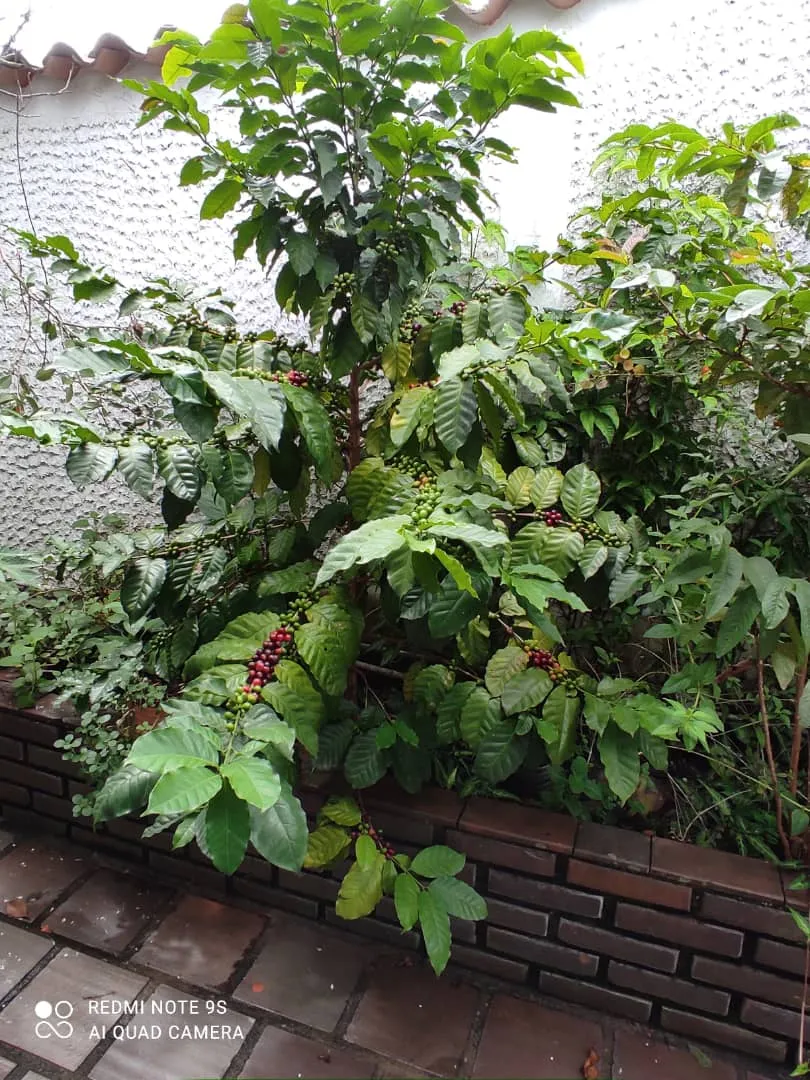Hello, a friendly greeting to everyone in this beautiful community. This is my first time to make my entry in Cinnamon Cup Coffee, a fruit of which I have felt rooted since I was a child. From now on I will be happy to share my experiences with all of you.
Since I was a child, my mother used to tell me that when they were in their youth, her father, my grandfather Gabriel, worked as a cocoa and coffee planter in the mountains of the state of Táchira, Venezuela. In my case, when I was 10 years old, my father took the initiative to renew part of these crops, located in a place called La Vega, on the banks of the Grita River.
At the beginning of this task, as a first step, he selected first quality seeds and made the seedbed, where the coffee seedlings, still very tender, would germinate. When all these seedlings germinated, I remember that he made a second selection to take them to plant them in polyethylene bags, the ideal packaging, which was filled with soil and compost and a special fertiliser as a plant booster, they were grey and blue tablets, special for this type of crop. In the packages, each coffee plant grew bigger and stronger day by day. The days went by until it was time to transplant them into the soil, which had been previously prepared. They were days of beautiful work; they were planted respecting the distance between each coffee plant, adding special fertilisers, taking great care not to damage them.
Over a long period of time, my father, my mother and my older brother, with the help of other people, took care of the coffee plants, planting trees to provide shade, watering, fertilising and clearing weeds to ensure good fruit. It took four long years to reap the first harvest from this generous sowing.
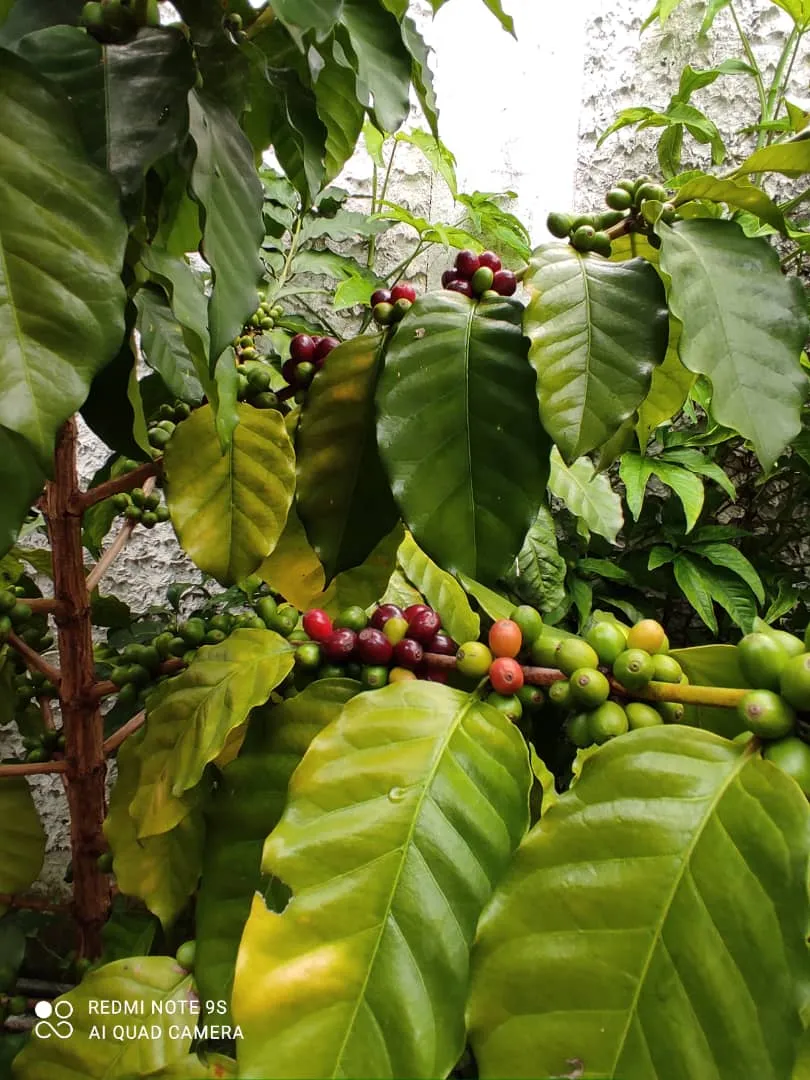

I remember very well what type of coffee was grown at that time, Café Caturra. How could we not remember my father buying a small cylinder for the de-germing process, which we still have. Although it was a small production compared to other large producers, we felt a great satisfaction, being able to be present, to see and to know the whole process involved in the coffee.
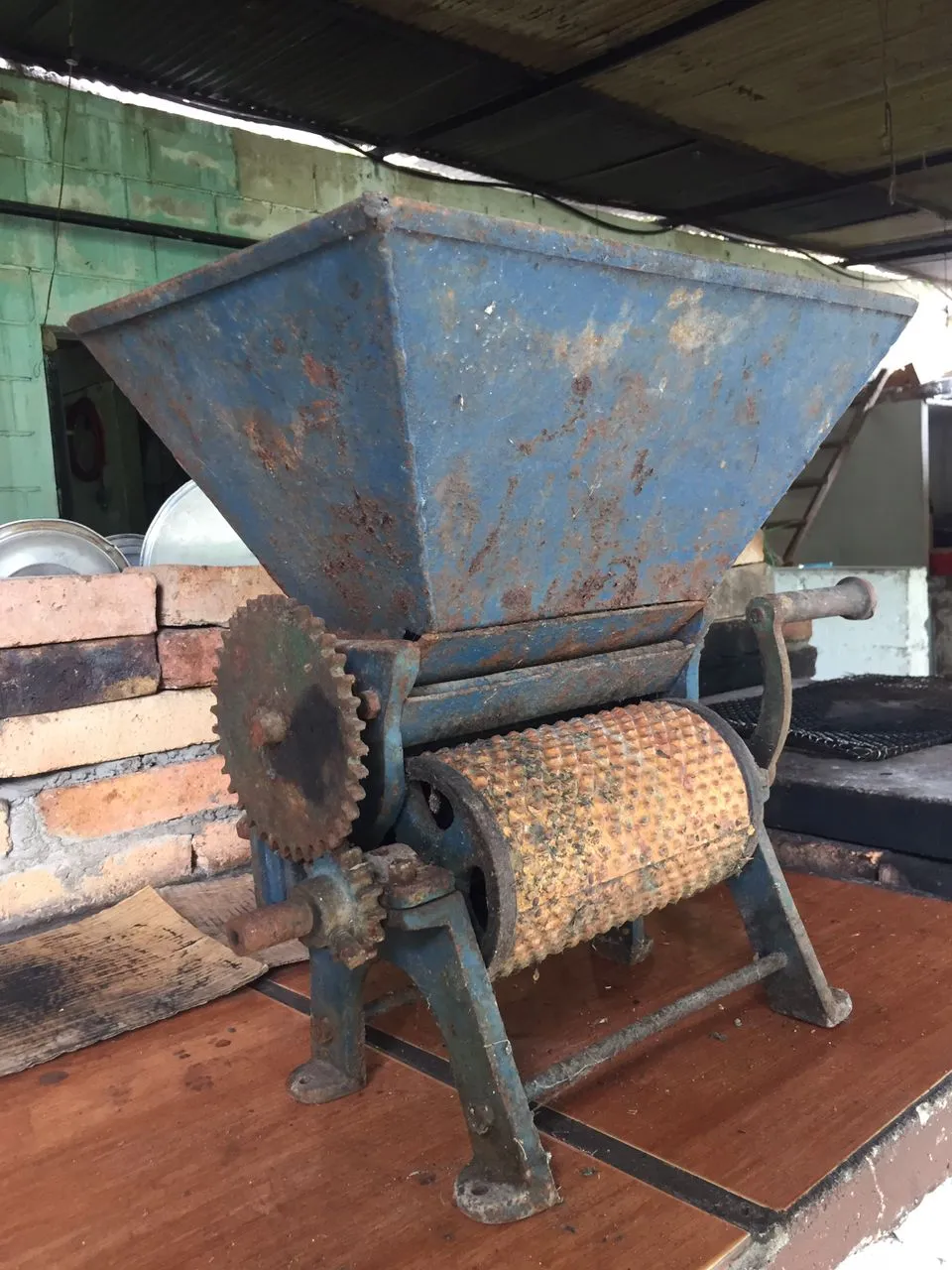
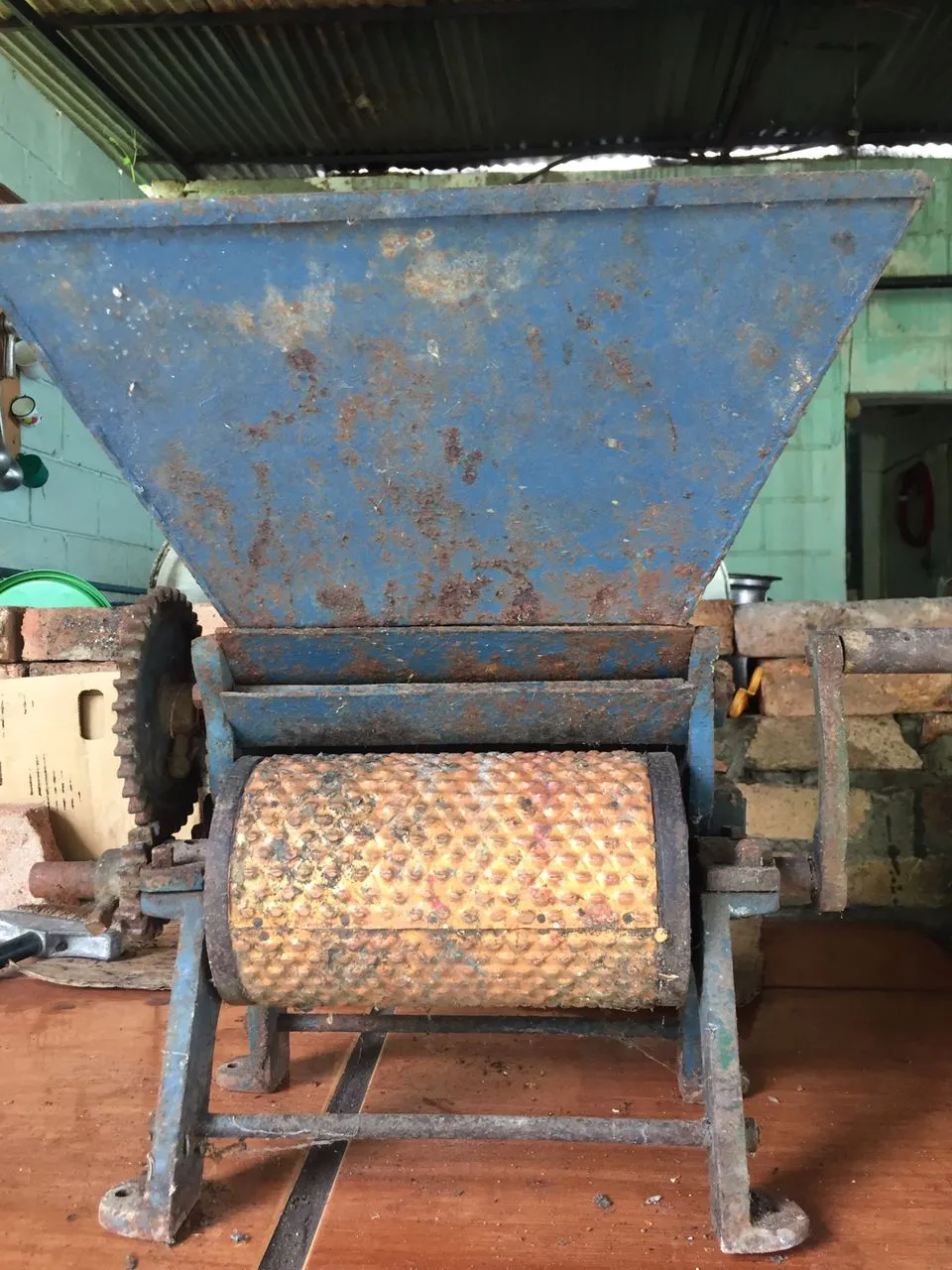
The fact is that it was a somewhat laborious task, as the sacks of ripe coffee had to be moved from the river to the house in the village, a journey that was in itself a bit of a distance, with sloping terrain. There, at home, it was rolled, left in water until the next day to release the mucilage, then it was washed very well and spread out on the patio where it received sunlight, a process that could last several days, until it was free of humidity, very dry. I remember my father and my mother accumulating small parts of the bean with the yellow shell, and then taking it to the nearest threshing machine, owned by a coffee company. There they would give us the blue beans, which were then sold to the same company.
Since my childhood, as I tell you, coffee has been part of my existence. And in my family it is our essence and our identity. We still enjoy this exquisite beverage, recognised worldwide, which is loved by all and sundry in its different presentations and flavours.
A big hug... and cheers! With my cup of coffee
